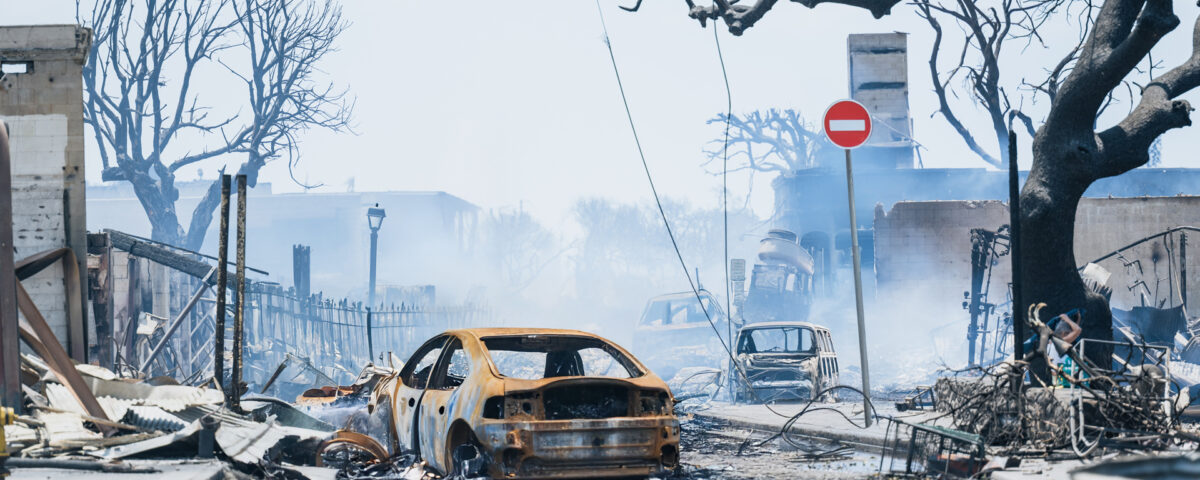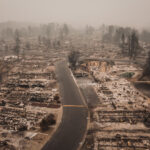
The 2018 Camp Fire, California
June 18, 2024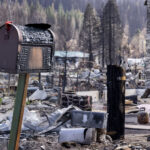
The Devastating Impact of the 2020 Bay Area Fire in California
June 21, 2024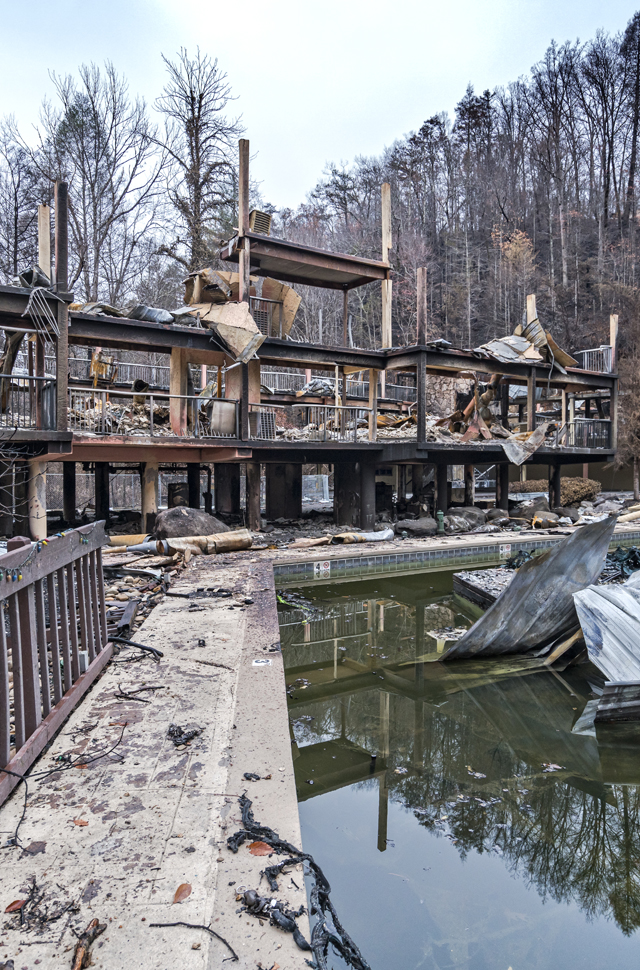
The Devastating Impact of the Maui Wildfire in Hawaii.
The picturesque historic town of Lahaina bore the brunt of this disaster, with the majority of its once-thriving structures reduced to ashes and ruins. Tragically, the inferno claimed the lives of more than 100 individuals in Lahaina, either succumbing to the smoke and flames or drowning, ranking this wildfire among the world's deadliest on record. Additionally, nearly 3,000 structures fell victim to the fire, either suffering damage or complete destruction.
Estimates for the total cost of the Maui wildfires vary, falling within a range of $3.5 billion to $16 billion. Moody's Analytics projects losses of $4 billion to $6 billion stemming from property damage and business interruption.
AccuWeather, initially projecting damages of $8 billion to $10 billion, has revised its estimate to $14 billion to $16 billion, reflecting the true extent of the catastrophe. As more details about the devastation surfaced, estimates for total insurance liability and claims have also surged. Moody's initial assessment of covered losses at around $1 billion has now been adjusted to the $3 billion to $4.5 billion range.
Impacts of the 2023 Maui Wildfire, Hawaii
The area consumed by the wildfires is estimated to exceed 17,000 acres (6,880+ hectares). More than 2,000 structures were razed by the fire, while nearly 3,000 others were reported as damaged or destroyed.
These fires were the result of a confluence of factors, including parched weather conditions, strong winds, and downed power lines. Bare electrical wires and leaning utility poles on Maui were identified as potential ignition sources for the deadly infernos.
The fires transpired during Hawaii's dry season, which spans from April to October, and were exacerbated by the presence of El Niño—an anomaly characterized by unusually warm ocean waters in the central and eastern tropical Pacific Ocean.
El Niño typically leads to increased rainfall on South America's west coast but triggers drought conditions in the Hawaiian Islands.
Indeed, from June to August 2023, Maui and other parts of Hawaii witnessed a worsening drought, intensifying the desiccation of vegetation, much of which consisted of fire-prone invasive shrubs and grasses.
The ramifications of this disaster extended far beyond the immediate loss of lives and injuries suffered by many. Air and water pollution resulting from the smoke and ash generated respiratory issues such as asthma and bronchitis.
Furthermore, the fires had a profound impact on Hawaii's tourism sector. Visitor spending on Maui plummeted by an estimated $10 million to $15 million per day, significantly impacting government revenue. Maui County alone faced potential losses of approximately $5 million per month in tax revenue, while the state stood to lose around $30 million.
This report also examines the ongoing effects and challenges that must be addressed to achieve a full recovery. Among the buildings obliterated were visitor accommodations and short-term vacation rentals, totaling roughly 1,500 rooms. Lahaina's businesses, which generated over $70 million per month in revenue and employed approximately 8,500 individuals, were severely impacted. West Maui, which accounted for more than 10,000 rooms in hotels, timeshares, and vacation rentals—approximately half of the island's total visitor accommodation capacity—suffered significant losses. Additionally, displaced families are now grappling with the daunting task of finding housing in one of the nation's most expensive real estate markets.
The profound health effects stemming from this disaster extend beyond the loss of lives and immediate injuries, encompassing air and water pollution caused by smoke and ash, leading to respiratory ailments such as asthma and bronchitis.
While rebuilding endeavors are underway, they will undoubtedly require time due to the extensive damage inflicted by these wildfires. Current regulations governing building designs, height limits, ocean setbacks, and energy-efficiency standards for new homes and public infrastructure may need to be reconsidered in order to restore the best elements of historic Lahaina while respecting its cultural significance to the Native Hawaiian community.
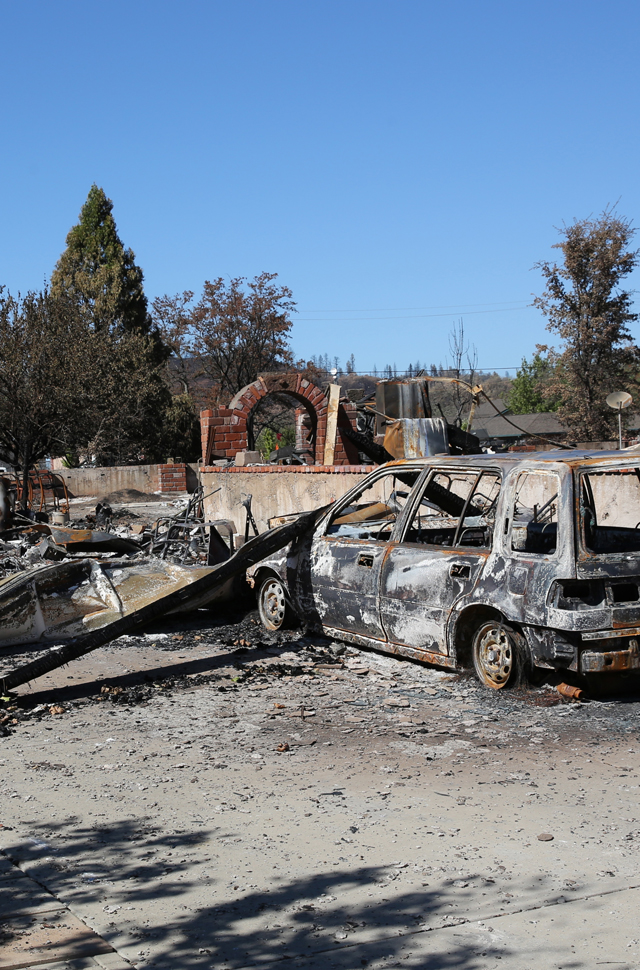
AERIAL FOOTAGE REVEALS DEVASTATION: MAUI'S RESIDENTIAL HOMES REDUCED TO ASHES
Lahaina bore the brunt of the flames and the historic town was completely destroyed. With 2,170 acres burned, the Lahaina fire is about 90% contained, according to the release.
The wildfires began on Aug. 8 and since then, the Olinda fire in central Maui has burned an estimated 1,081 acres and the nearby Kula fire burned an estimated 202 acres. The Olinda fire was 85% contained and the Kula fire was 90% contained as of Aug. 27.

